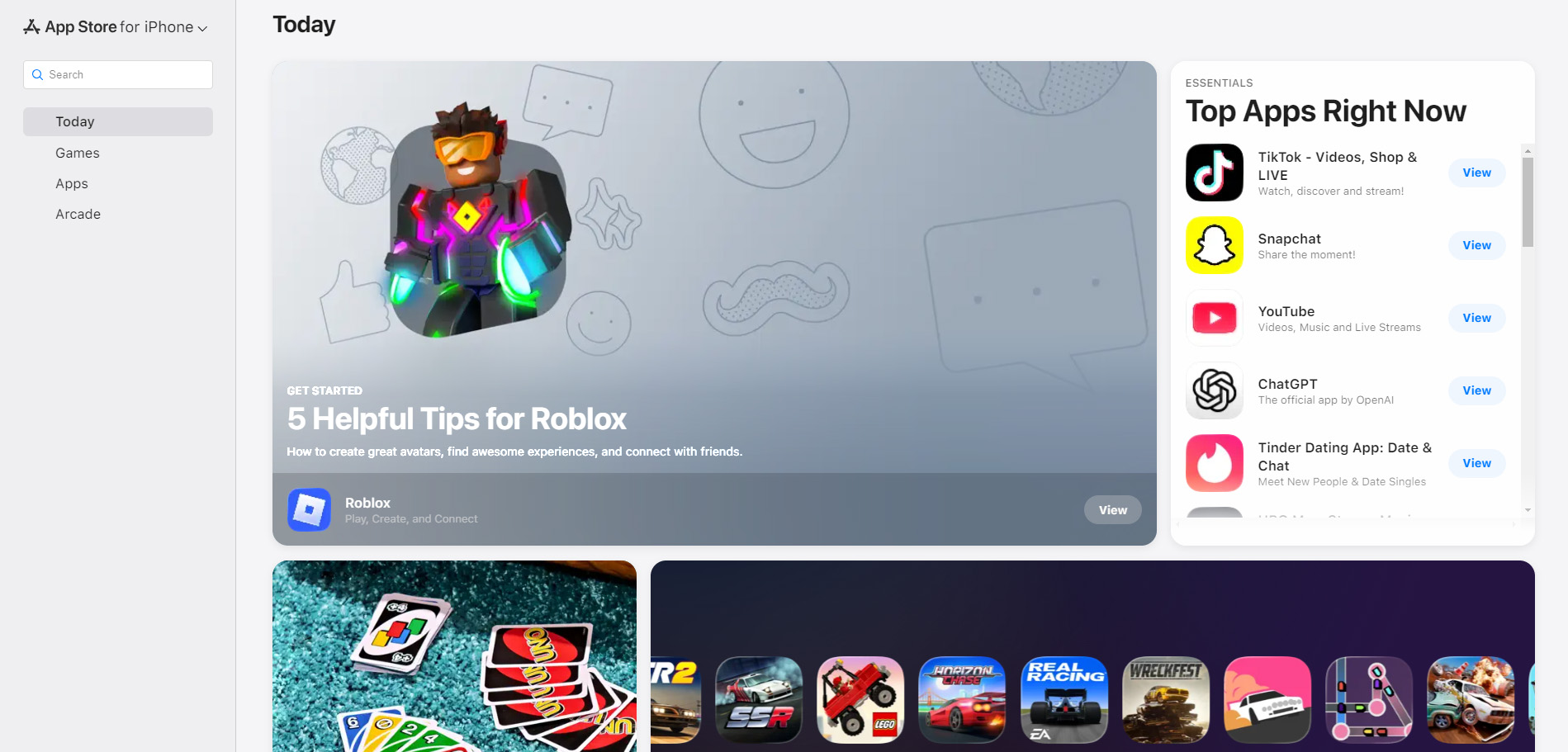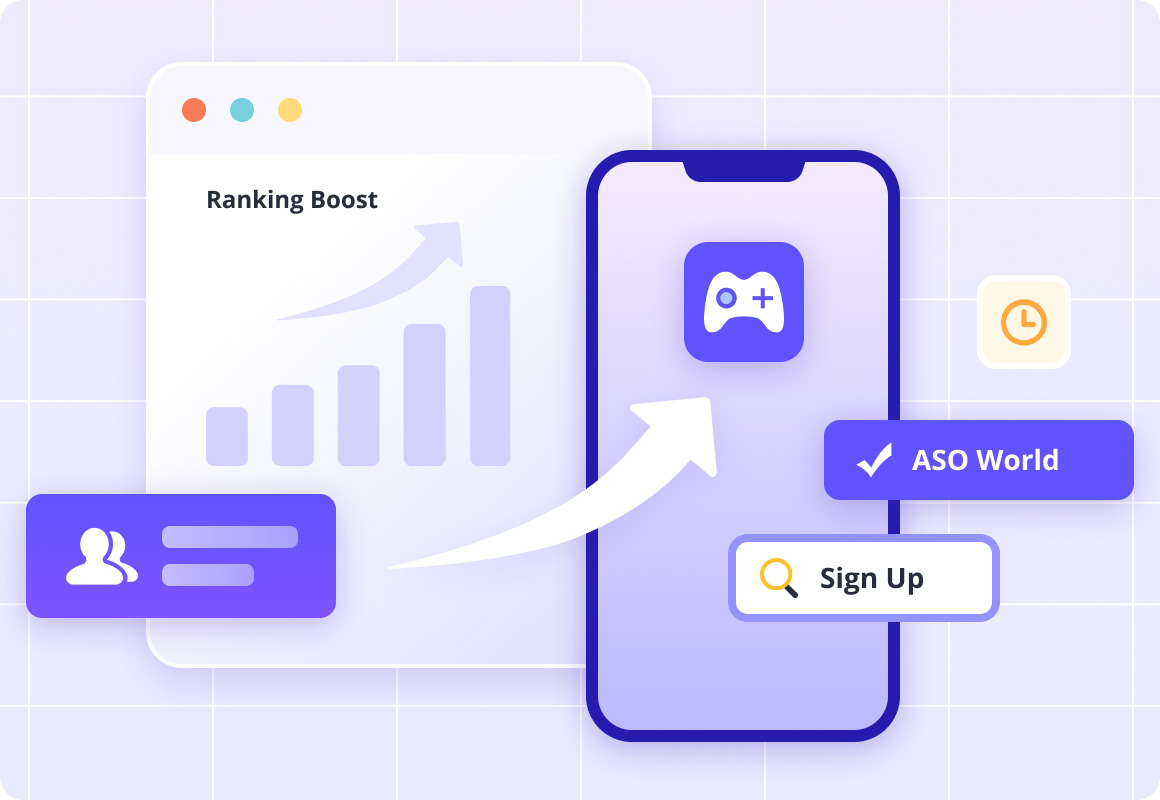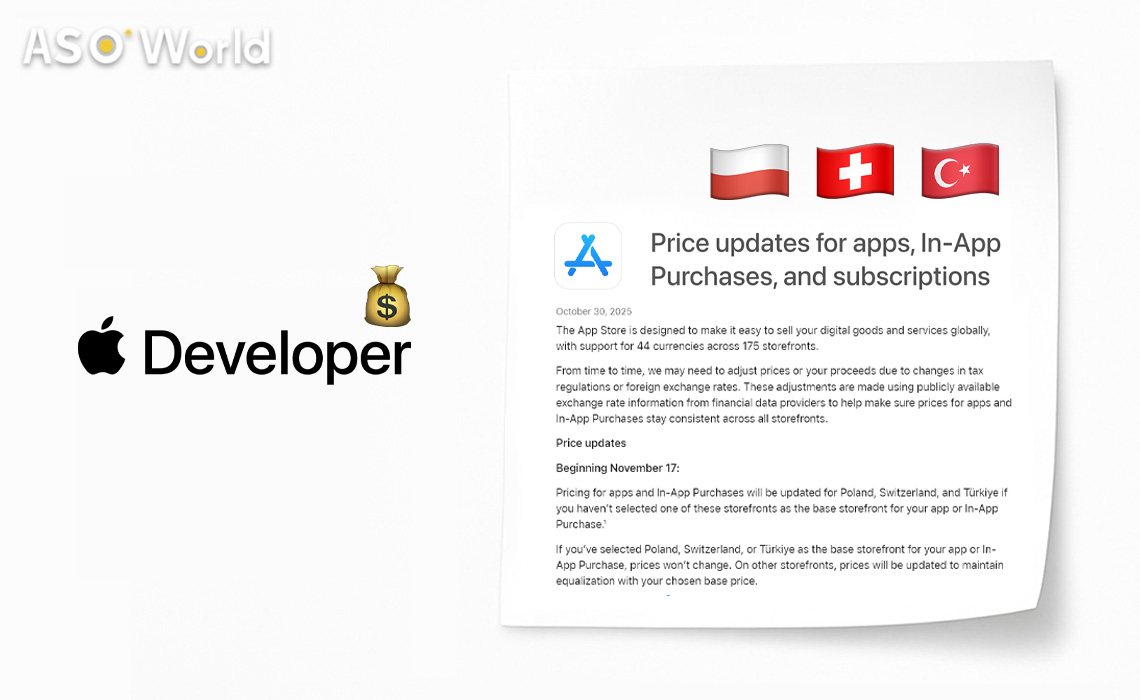Apple has unveiled a fully functional web version of its App Store, marking the most significant update to its online presence since the store's creation in 2008.
The move allows users worldwide to browse, search, and explore the App Store through any web browser - a major step toward making Apple's app ecosystem more visible and accessible beyond its devices.
From Static Pages to a Full Web Storefront
Until now, Apple's web domain apps.apple.com served mainly as a collection of static app profile pages.
The redesigned platform now mirrors the experience of the native App Store, featuring a full search function, curated "Today" stories, top charts, and categorized browsing for iPhone, iPad, Mac, Apple Watch, Apple TV, and Vision Pro apps.

Each app page includes screenshots, reviews, awards, and developer details, giving the site the look and feel of a true storefront.
However, the new interface stops short of allowing direct downloads or installations through the browser.
When a user selects an app, they are still redirected to the device's native App Store to complete the purchase or installation.
Strategic Timing and Regulatory Context
The timing of Apple's web expansion appears deliberate.
The company faces intensifying antitrust scrutiny, particularly from European regulators enforcing the Digital Markets Act (DMA), which compels Apple to open its ecosystem to alternative app marketplaces.
By offering a more open and accessible App Store on the web, Apple can demonstrate a measure of compliance without fundamentally changing its tightly controlled distribution system.
This move also narrows the gap with Google Play, which has long offered a fully browsable web store where users can even trigger remote installations.
Apple's approach, in contrast, prioritizes visibility over functionality — maintaining control of app distribution while broadening reach and discoverability.
Impact on Developers and Discovery
Improved Visibility and Searchability
For developers, the web expansion offers clear benefits in app discoverability and marketing.
Apps are now indexed in a more search-friendly format, allowing users to find them through standard web search engines.
Developers can share direct web links across social media, blogs, and ads without relying on device-specific redirects.
New Pathways for User Acquisition
The web interface creates a new entry point for potential users — including those who do not yet own Apple devices.
By showcasing the breadth of available apps, Apple effectively turns its App Store website into a marketing channel for both developers and hardware sales, giving non-Apple users a glimpse into the app ecosystem before purchasing devices.
Maintaining Control Through Native Installation
Despite the new visibility, Apple's control remains intact. All installations must still occur through native App Store applications.
This ensures continued oversight of app distribution, adherence to Apple's security framework, and preservation of its commission-based revenue model — a crucial component of its $81 billion services business.
Implications for Users
For users, the change brings easier browsing and sharing. Apps can now be viewed, compared, and bookmarked directly from any browser.
Prospective Apple customers can explore app availability before committing to a device, strengthening the appeal of the broader ecosystem.
Yet the inability to install apps from the web underscores Apple's cautious approach to openness — offering visibility without relinquishing control.

Editor's Comments
Apple's launch of a fully featured App Store website signals both strategic adaptation and calculated restraint.
It reflects growing pressure from regulators and competition from Google, but also reinforces Apple's commitment to maintaining a secure, closed distribution model.
While the update enhances marketing opportunities for developers and improves transparency for users, it stops short of enabling true web-based installations or alternative payment systems.
In the long term, this development could serve as a foundation for broader reforms in app distribution, especially if global regulations continue to demand interoperability and openness.
For now, Apple's web App Store represents a cautious step — expanding visibility while keeping control firmly in its hands.




